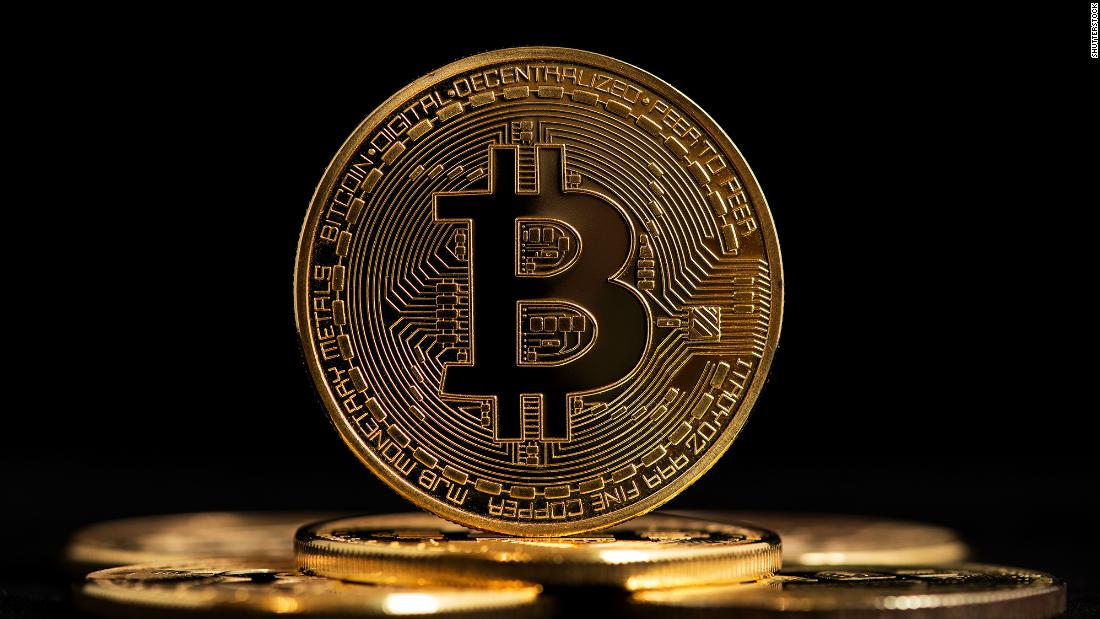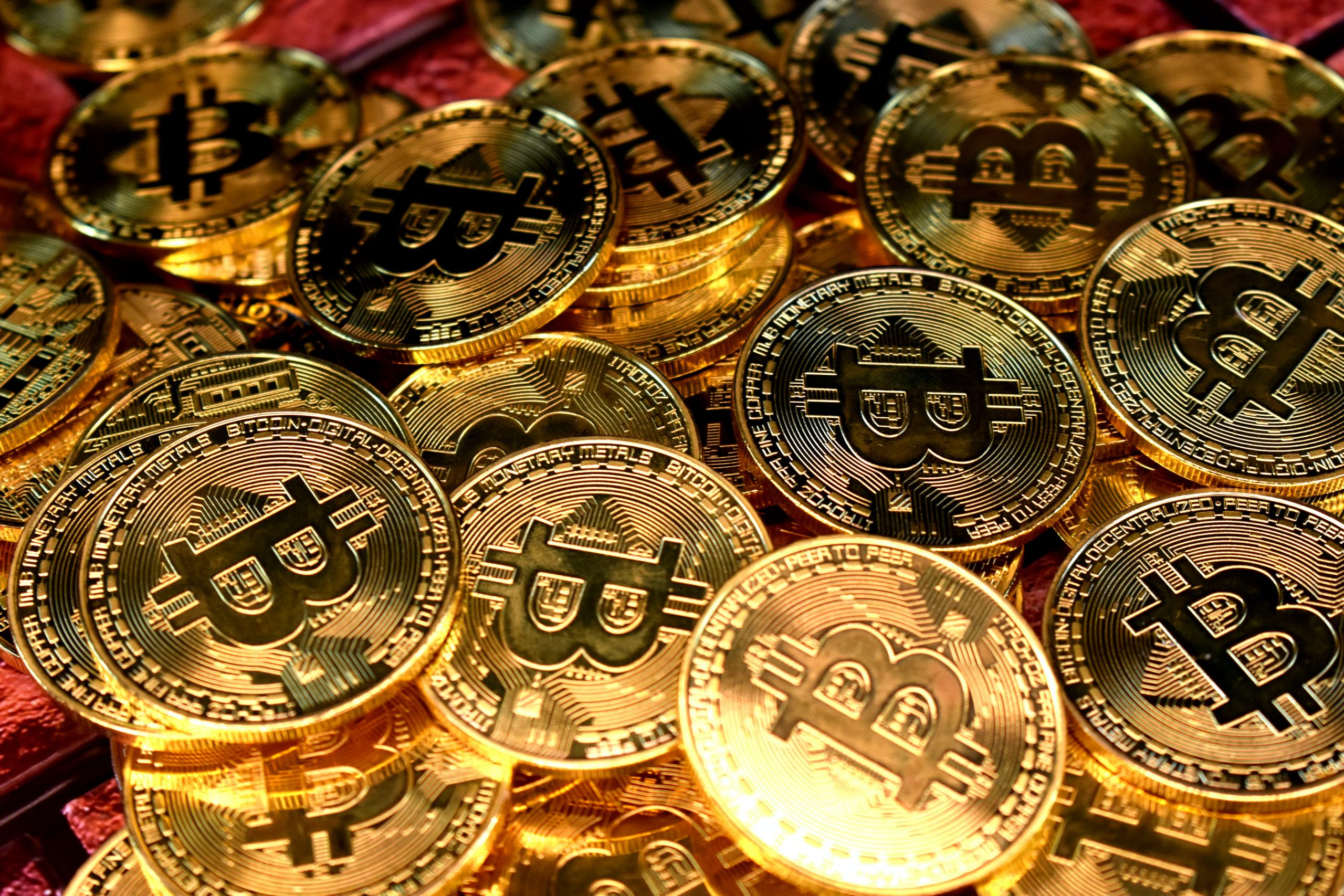How to set up a cryptocurrency and NFT wallet
NFTs are quickly proving to be more than just a fad. Since everyone from Elon Musk to Paris Hilton is getting involved in the NFT and crypto game, Average Joes should also start thinking about investing in these digital tokens. (And if you’re not sure what NFTs are exactly, you can learn more about them in our previous article).
Why is everyone investing in NFTs?
NFTs are easy to verify, indivisible and indestructible. A timeline of historical ownership is stored on the blockchain, meaning that every purchase can be authenticated by tracing it back to the original seller.
They exist as one whole and cannot be broken down into smaller denominations. What’s more – NFTs are made in such a way that they cannot be deleted or duplicated, as each non-fungible token is stored on the blockchain using smart contracts.
What is a cryptocurrency wallet?
Simply put, cryptocurrency wallets are pieces of software. They’re used as means of communication: crypto wallets interact with the overarching blockchain network, allowing you to access, send and receive crypto assets. It’s similar to a debit card since this is used to access funds held in a bank account. However, crypto wallets do not function as “keys” to tangible items such as paper money – it holds passwords and private keys that enable you to transact on the blockchain and NFT markets.
Custodial and Non-Custodial Wallets
Custodial Wallets
A custodial/hosted wallet is the most popular crypto wallet category. Custodial/hosted wallets are hosted on centralised and already-established exchanges, i.e. online marketplaces where you can buy and sell crypto. With a custodial/hosted wallet, you don’t need to worry about losing your crypto. These third-party platforms ensure that you won’t lose access to your crypto even if you forget your passwords.
Custodial/hosted wallets are ideal for those individuals who are dipping their toes into the world of crypto. Their downside? You don’t have access to all the benefits that crypto has to offer. For example, Coinbase (one of the world’s top crypto platforms) doesn’t offer NFTs. Therefore, if you want to purchase NFTs, you have to set up a non-custodial wallet.
Setting up a custodial/hosted wallet:
- Choose a trustworthy platform: The platform you choose should comply with international crypto laws and be secure and easy to use. We recommend Coinbase, Bitstamp, Kraken and Binance.
- Enter a secure password: Ensure that your assets are safe by choosing a strong password and enabling 2-Factor Authentification.
Non-custodial wallets
Non-custodial wallets don’t rely on a custodian or third-party host, meaning that you’re in full control of your crypto. There’s an added layer of responsibility – if you forget your “private key” or “seed phrase”, you lose your crypto. However, you can access all that crypto has to offer, including yield farming, staking, lending, borrowing and NFTs.
The good news is that you can transfer crypto holdings from an online platform (such as Coinbase) to your non-custodial wallet. Since NFTs are stored on the Ethereum blockchain, you would first need to purchase Ether from the online platform. Then, you have to transfer it over to your non-custodial wallet. You can then use the Ether in your non-custodial wallet to buy NFTs.
Setting up a non-custodial wallet:
- Download a wallet app: We recommend MetaMask or Coinbase Wallet.
- Create an account
- Keep your private key in a secure location: A 12-word phrase is automatically generated by the app that you’re using. Write it down somewhere safe, as losing your private key means losing your assets.
- Transfer crypto from your custodial wallet to your non-custodial wallet: If you’re using a non-custodial wallet, you might not be able to buy crypto using traditional currencies. Therefore, you would need to transfer crypto from your custodial to your non-custodial wallet to start purchasing NFTs etc.
Crypto Wallets Categories
HOT storage
Software wallets are often referred to as “hot storage” as they’re directly connected to the internet.
- Web Wallets
These include browser extensions and websites such as mycrypto.com and MetaMask’s Chrome extension. They’re convenient but are particularly prone to cyber-attacks.
- Mobile Wallets
Mobile wallets can be accessed via apps such as Rainbow, Argent and MetaMask Mobile. They’re great for on-the-go purchases but are also prone to cybercrimes. If you’re using mobile wallets, make sure that you protect your device by investing in reliable security software.
- Desktop Wallets
These are programmes that can be downloaded and installed on your PC or Mac. While they’re more secure than the previous two options, you’re inextricably bound to one particular device.
[Image – Credits: Trezor Blog – https://static.blockgeeks.com/wp-content/uploads/2019/07/image20.png.webp]COLD Storage
Cold storage is a way of storing cryptocurrency tokens offline. These are wallets that do not rely on an internet connection. Therefore, they’re more secure than hot storage wallets.
- Hardware Wallets
Hardware wallets are physical devices that enable you to make transactions without relying on the internet to do so. They look like USBs or thumb drives which you connect to your device. The keys are stored on the physical device itself, making it more secure than internet-dependent hot storage wallets. However, they’re pricey – making them inaccessible to some people.
Setting up a hardware wallet
- Purchase the hardware: We recommend Ledger, Trezor, OPOLO and KeepKey.
- Install the software: Each model comes with its own software. Follow the manufacturer instructions to set up your wallet.
- Transfer crypto: When using hardware wallets, you can’t buy crypto using traditional currencies. Transfer crypto from your hosted wallet to your hardware wallet to get started.
In the past couple of years, the crypto sphere has quickly evolved into a complex network of storage options. Just as there are a plethora of ways of storing traditional money, there are now myriad ways of storing your crypto assets.





